Pantry staples and shopping list
Pantry staples – your essentials shopping list
Avoid last-minute trips to the grocery store by stocking your kitchen with these basic pantry staples. Keep them on hand to save money and create quick and tasty meals.
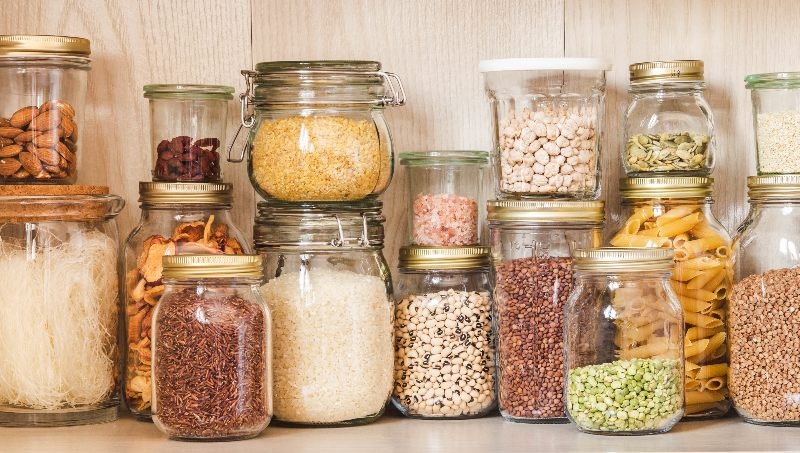
There’s nothing more frustrating than heading home after a long day of work only to realise the pantry is empty and you need to stop by the grocery store. Chances are, you might find yourself ordering some greasy, expensive takeaways instead. A well-stocked pantry and fridge can save you time and save you money on groceries.
Our research shows that Kiwis love these grocery staples: Bread, Milk, Eggs, Cooking oils, Butter, Tinned tomatoes, Potatoes, Dried pasta, Rice and Flour. Check out our lists below for recommendations on long-lasting kitchen staples.
How to stock your pantry and fridge
Stocking your kitchen with basic pantry staples makes it easy to create a wide variety of delicious recipes. Gone are the days of last-minute grocery store trips or hasty calls to the takeaway shop. With your fridge and cupboards stocked with our basic grocery list, you’ll be on your way to whipping up a quick meal. Perhaps you can create healthy homemade takeaways or even entertain on a budget. We’ve put together a list of essential pantry staples that should be in every kitchen.
Pantry staples - your basic grocery shopping list
You won’t find many recipes that don’t include at least one item from this list. Whether you’re seasoning, frying, pickling, and sautéing, these are some of the most versatile ingredients in the cupboard and some of the first pantry essentials you should add to your shopping list.
Long shelf life
All of these items have an excellent long shelf life as many of them are natural preservatives themselves.
Staple herbs and spices
Herbs and spices are magic ingredients that add loads of flavour to meals. But with so many available, where do you even begin? Spices tend to be specific to you and your family’s tastes, so we’ve listed the most common and versatile herbs and spices.
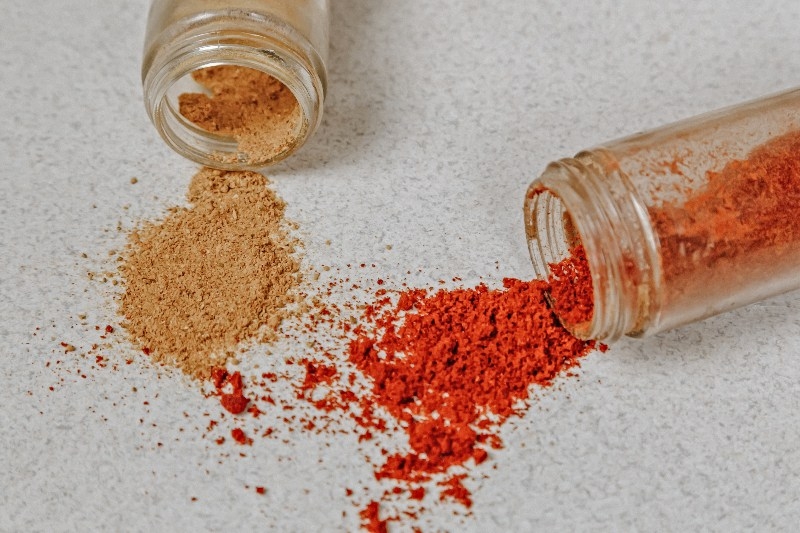
To get the most out of your herbs and spices, make sure you store them in an airtight container or sealed jars. While they don’t technically expire, they do lose some of their flavour if kept too long.
Dry pantry staples
These pantry essentials are super handy are when you need to whip up a meal in a flash. Incredibly versatile and healthy pantry items like rice, noodles, and grains can create some of the quickest and tastiest meals, requiring minimal other ingredients.
Most of these dry goods have relatively long shelf lives but, once opened, should be stored in an airtight container. To prolong their lifespan, make sure they are kept in a cool, dry place within the pantry. Rice (jasmine, basmati, white rice, arborio or brown rice – depending on your family’s tastes):
Canned food staples
Everyone knows that they have a very long shelf life and the food is usually safe to eat straight from the can. Not to mention, consuming a few cans is one of the easiest ways to eat healthy on a budget – while still creating delicious meals. If you’re weighing up the pros and cons of buying fresh vs canned vs frozen, cans with no added salt or sugar offer the best nutritional value. Canned goods like beans, lentils and vegetables all have excellent health properties and canned fish is a great way to get a lot of protein quickly and affordably. For a fresh protein option, even salmon can be budget-friendly if you buy it in season and freeze portions to enjoy later.
Very long! If kept in a cool, dark place in your pantry, a can in good condition (no rust, dents or swelling) can last for years past its best before date.
Here’s our must-have list of canned foods:
Sauces and condiments
A kitchen with a variety of sauces and condiments can help you create your favourite recipes from all over the world. There are Kiwi staples like our tomato sauce, soy and hoisin sauces for Asian dishes, sriracha for added spice and of course classic spreads like peanut butter for a quick and easy snack.
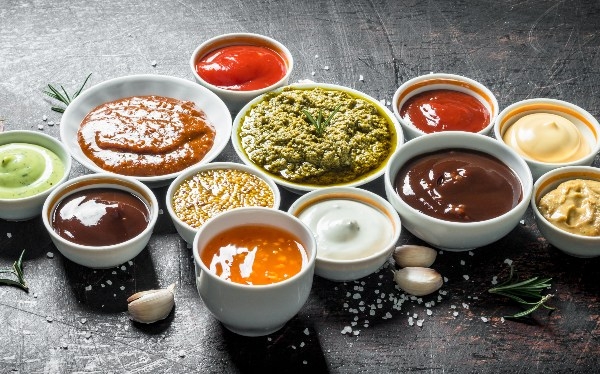
Most sauces can start in the pantry but need to move to the fridge once they’ve been opened. Keep an eye on the best before dates, as it can be disappointing to add an expired sauce into your recipe and accidentally ruin a whole meal.
*Store in the fridge once opened
Pantry staples for baking
Unexpected guests stopping by on a Sunday afternoon? It’s far quicker (and far more cost-effective when food budgeting) to pop some baking in the oven than it is to run out to the grocery store for supplies. If you find yourself missing a key ingredient, see if a food substitute could work in its place.
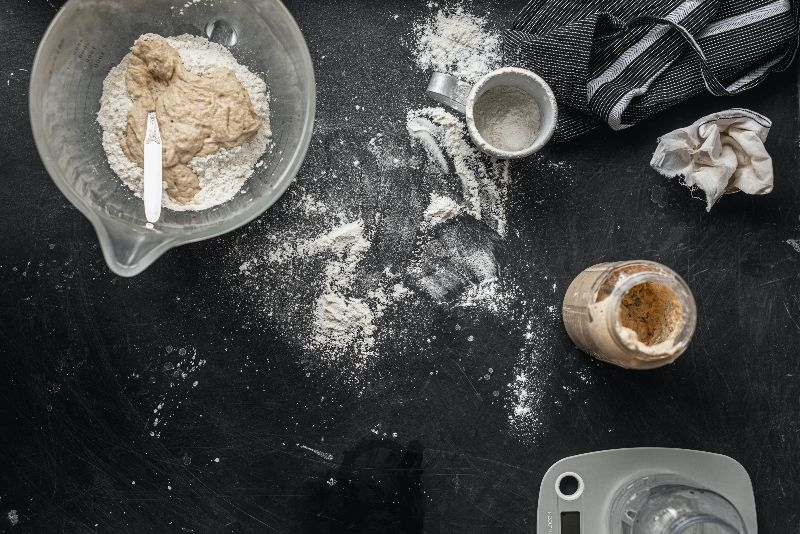
Here’s our list of essential baking staples that will have you whipping up desserts and baked goods in no time. These items should all be stored in airtight containers once open. It’s a good idea to keep notes recording their best before dates too. Keep a close eye on how long it’s been since you opened the rising agents like baking soda, baking powder and yeast. Once they’re past their shelf life, they stop working effectively – which can result in some very flat cakes and bread if you’re not careful!
Fridge staples
Refrigerated staples don’t have as long a life as dry staples, but that doesn’t mean you shouldn’t keep a few kitchen basics on hand. If you find yourself regularly throwing out the things in your fridge, try buying small quantities. So, what essential fridge items should you always have in your refrigerator?
Dairy, eggs and other fridge staples
You can make lots of healthy meals with dairy, eggs, and not much more. An omelette. Scrambled eggs. Poached eggs. Hard-boiled eggs. Frittata or quiche if you have a few other ingredients on hand. There’s no question that these are some of the healthiest and most versatile pantry staples.
With so many varying shelf lives, it’s best to note the best before/expiry dates on your goods. All of these items should be kept cold in the fridge at all times.
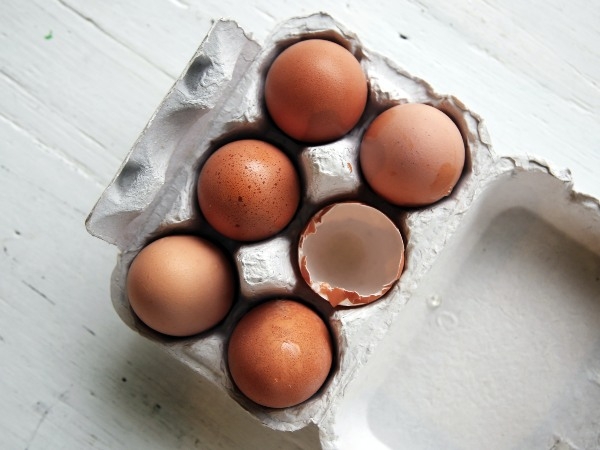
Fresh Produce
Fresh produce has a shorter lifespan, unlike pantry items with long shelf life– but that doesn’t mean there isn’t a place for them in your kitchen. It does mean that you should only buy what you need rather than overbuying and wasting both food and money.
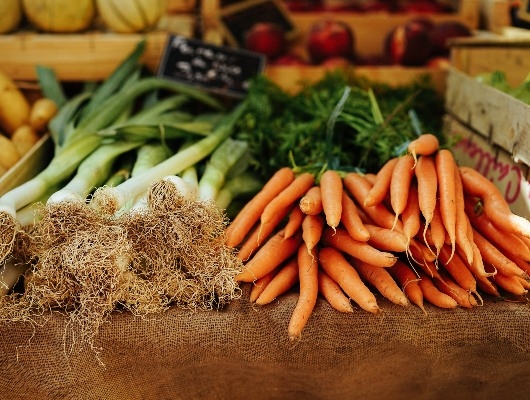
These are all essential fridge staples for healthy eating. If you find yourself with leftover vegetables, try hiding as many as you can in a family meal. Parents often find that a Bolognese packed with carrot, celery, mushrooms, courgette, onions, tomatoes and garlic is a popular meal with little ones.
Looking for more great ways to save? Check out our top tips to reduce food waste.
It tends to be pretty noticeable once fresh produce is past its best – depending on the type of produce, it will either change colour, texture (often becoming too soft) and potentially smell bad. A quick Google search of ‘how to tell if XXX’ has gone bad’ should give you a good gauge.
*These produce items are best left unrefrigerated.
Freezer staples
The great thing about freezer food is its extra-long shelf life. If wrapped properly, you can store most freezer items for 3-6 months. The freezer can also be excellent for storing leftovers or frozen meal prep. You can add frozen vegetables into almost anything for added nutrition, and frozen meats and bread can save you that unnecessary trip for essential groceries.
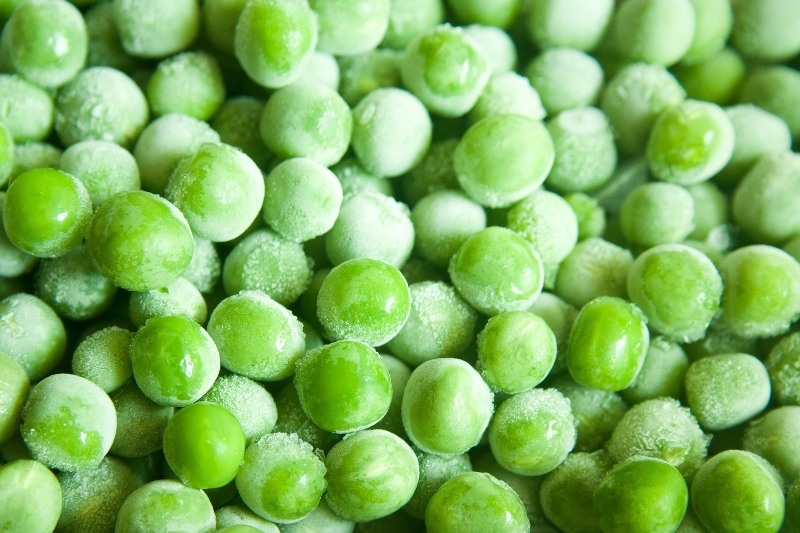
Looking for more great ways to save? Check out our Saving Ideas Hub.
More cooking and savings tips
1 / 0
Pantry staples for you and your family
If you’re feeling a bit overwhelmed after reading this list, don’t stress. Just start with what works for you and your family.
Tips
Use plastic or glass storage containers and reusable labels to keep your pantry organised If an item doesn’t have a best before date on its package, write the day you opened it on the package or the container Restock pantry time! When you notice a pantry staple getting low, add it to your grocery list so you don’t run out When you restock your pantry, rotate items. Put the older items towards the front so they get used first.